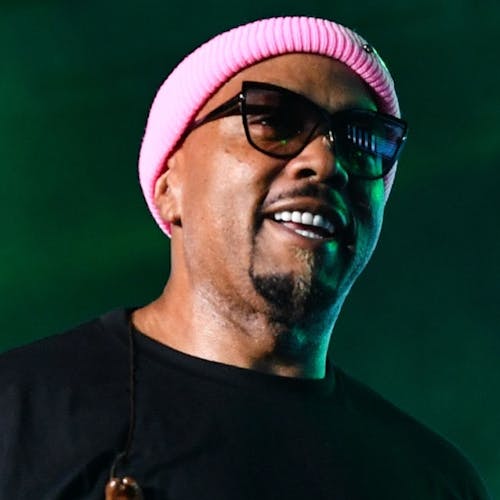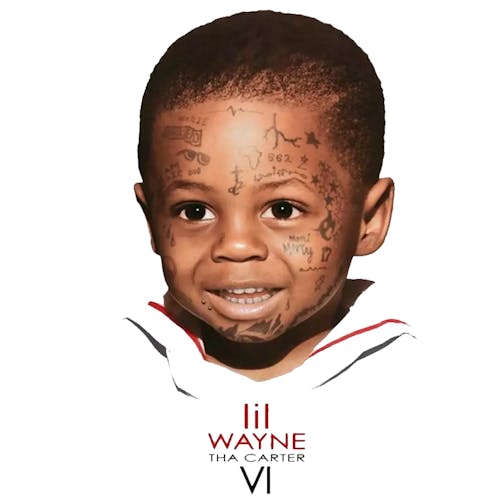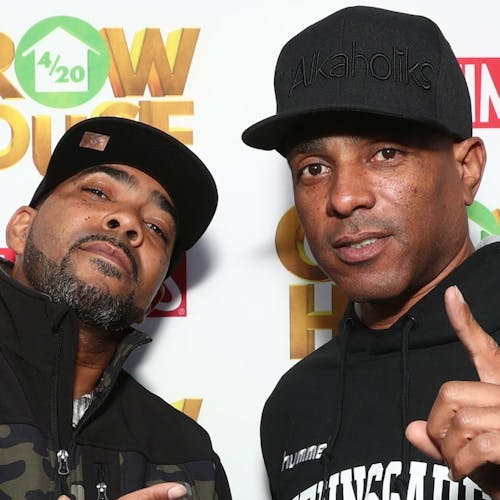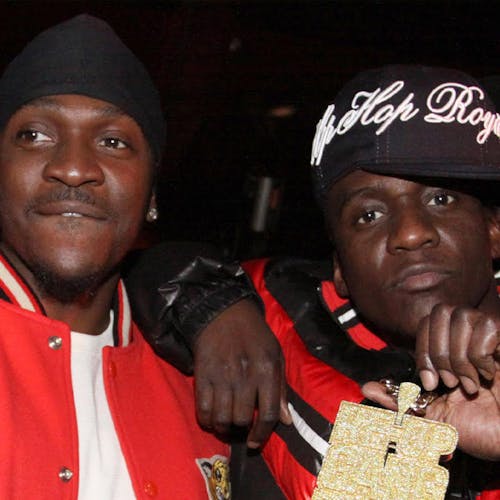
1980's Hip-Hop fashion established a vibrant and unique blueprint for trends that ignited the genre when the culture was still in its infancy, and remains sartorial bedrock forty years later.
However, not all products were created equally. We combed through the decade and identified eight pieces that drove Hip-Hop culture to further relevancy.
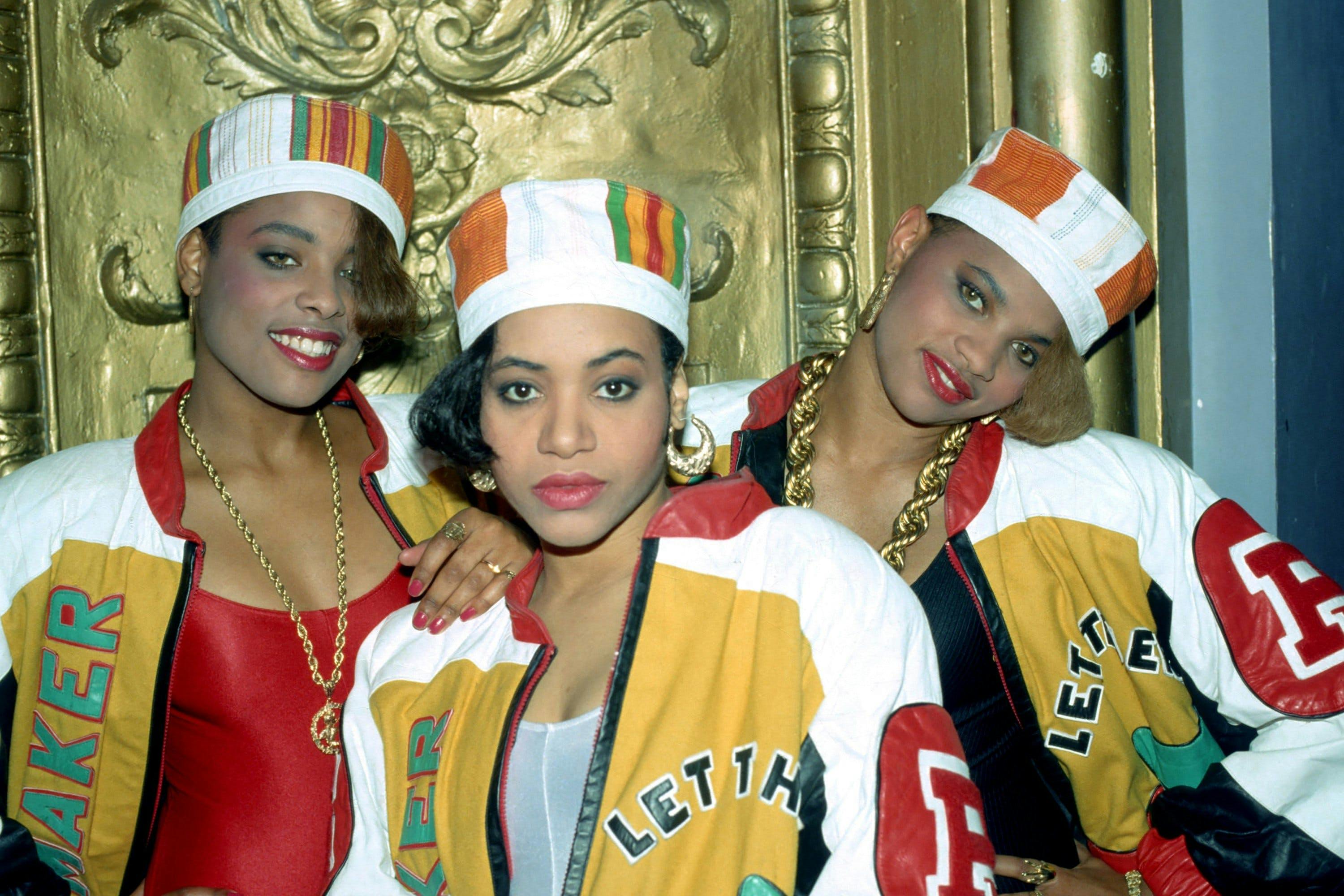

1. Salt-N-Pepa’s “Push It” Jackets
While the ‘80s saw the popularity of outerwear like bomber jackets, hoodies, and windbreakers, the biggest icon was Salt-N-Pepa’s “Push It” leather jackets.
Designed by Christopher “Play” Martin — who also created the group’s logo — he turned to Dapper Dan at his 125th Street Harlem studio.
According to Martin, it wasn’t necessarily the smoothest transaction: “Dapper Dan was pretty much known—a lot of people don’t speak on that—he would miss deadlines. One of the things I figured I needed to do was I had to pretty much live in the shop. I was there for well over 24 hours. I didn’t get any sleep or anything like that because I had to just stay there to get these three jackets done. I personally had to get on a flight with them at the last minute for them to make it on time for that video.”


DROP YOUR EMAIL
TO STAY IN THE KNOW
2. Run-DMC’s Adidas Tracksuits
While Run-DMC’s Adidas deal is the stuff of lore, their love of the brand — and the creation of the song “My Adidas” — ultimately led to what was the perfect match of street style, streetwear, and sportswear. A blend of Jamaican and B-boy influences, Run-DMC took the ‘80s hustler's aesthetic and gave it to the masses.


3. LL COOL J’s TROOP Suits
Forever immortalized in the iconic photo set by Ricky Powell, LL COOL J’s red TROOP suit falls into a similar category as Run-DMC’s Adidas tracksuit: effortless cool that can only happen when the man wearing it exudes so much confidence.
TROOP ultimately faced a rapid decline in the marketplace after rumors swirled that the KKK had an involvement in the brand — leading MC Shan to release the song “I Pioneered This,” where he rapped, “And PUMA's the brand cause the Klan makes TROOP.”
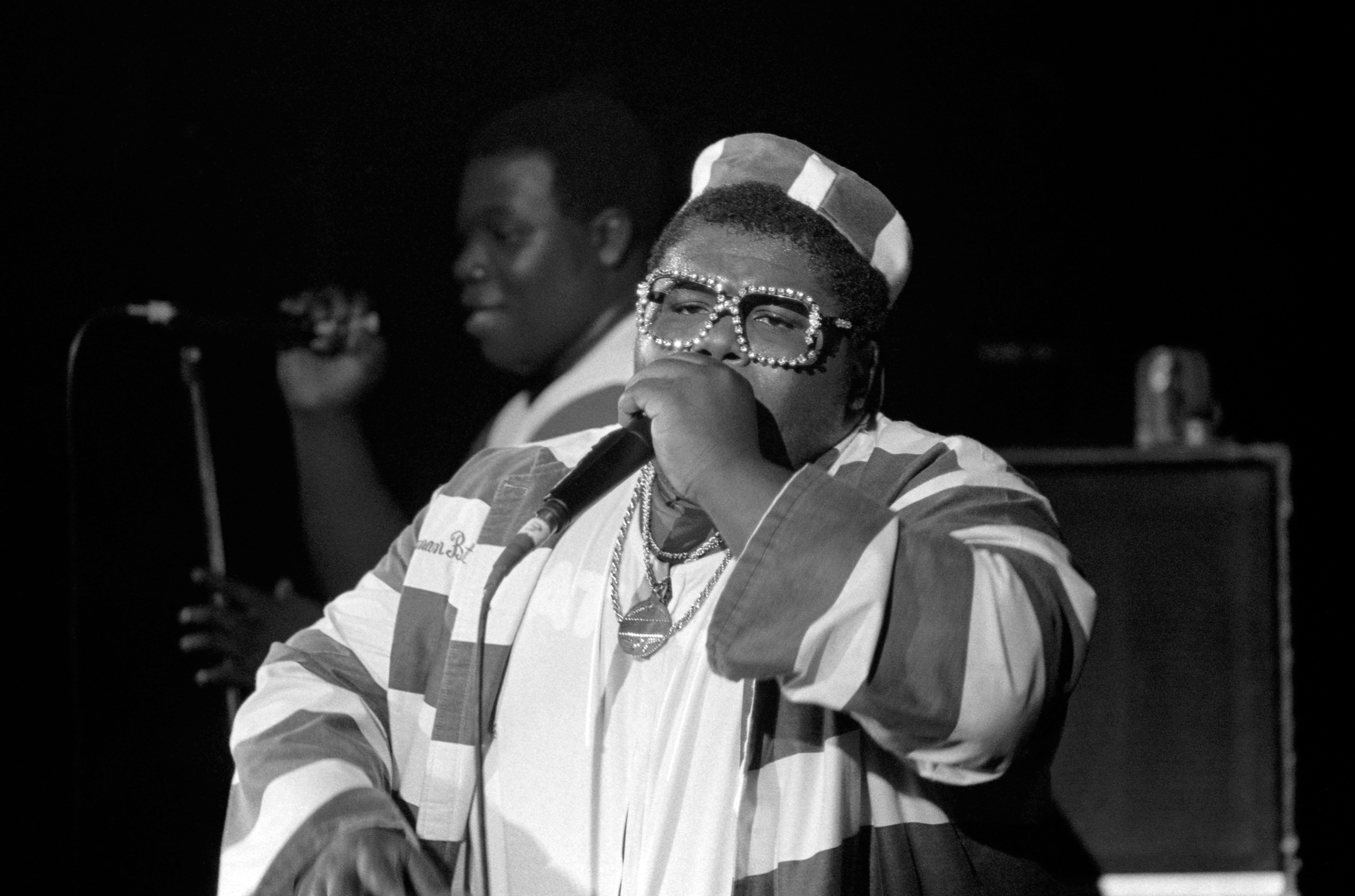

4. Buff Love’s Cazals
The Fat Boy’s Buff Love added to the swag of Cazal glasses by adding rhinestones and other flare that made the shades pop. According to Slate, “Buff’s leather motorcycle jacket, studded in forks and spoons, is now in the Rock ‘n’ Roll Hall of Fame. The rhinestone-framed Cazals are still the best picture windows in Hip-Hop.”
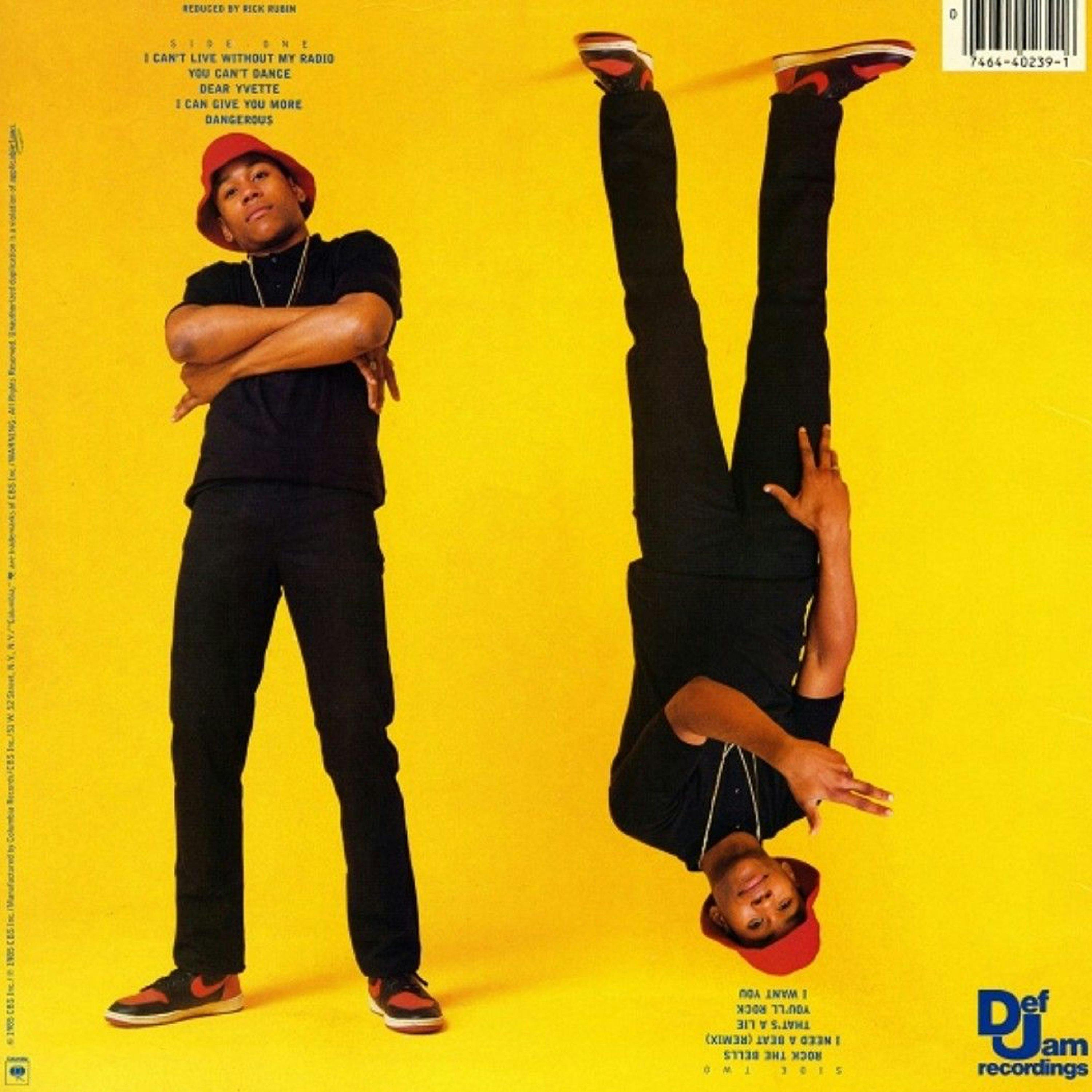

5. LL COOL J’s Air Jordan 1
While Nike’s Air Jordans now permeate every facet of popular culture, there was a time when a major co-sign from an MC was a huge deal. In this case, rapper LL COOL J is wearing Jordan 1’s on the back cover of his debut album, Radio.
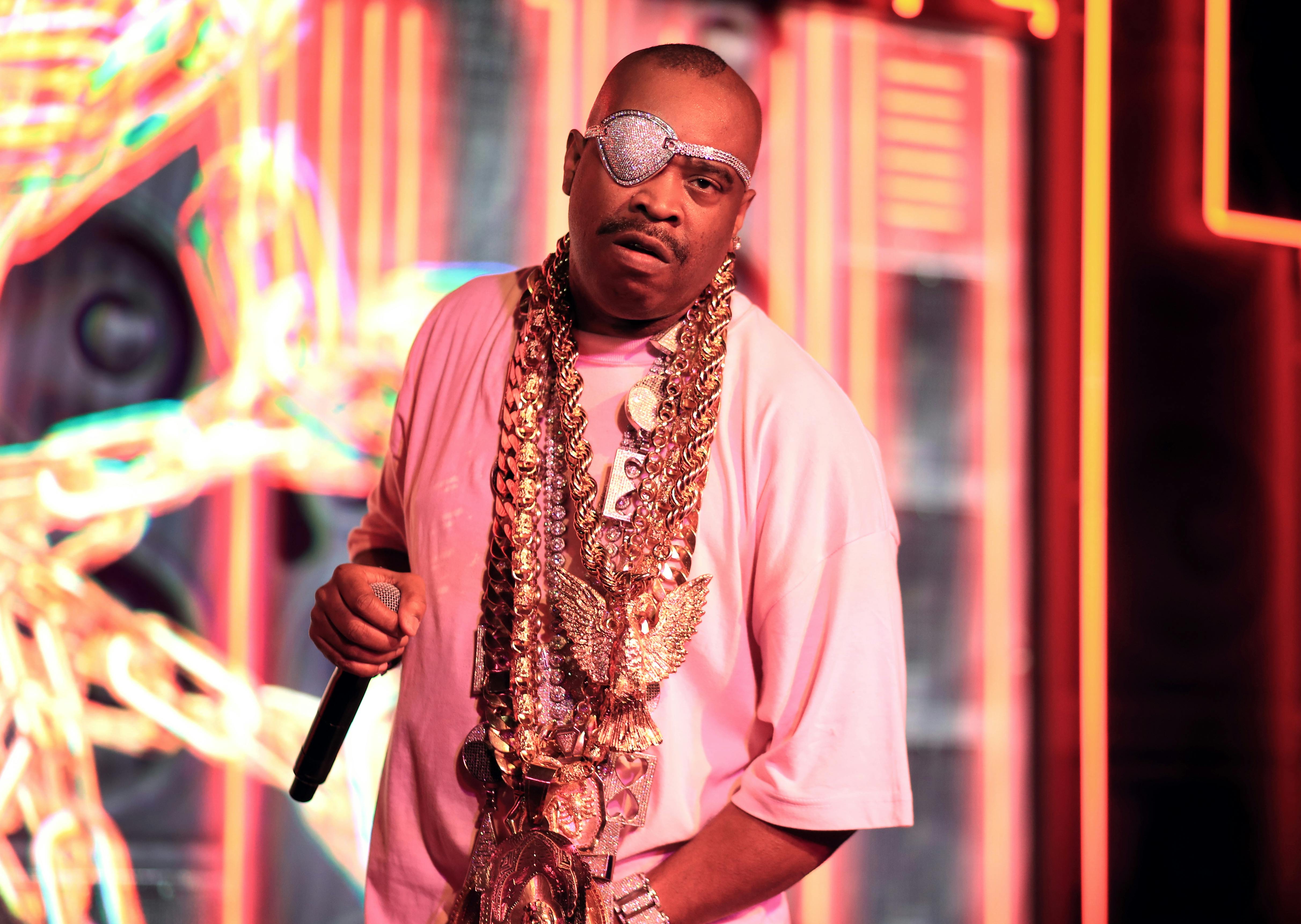

6. Slick Rick’s Necklaces
According to Slick Rick, his gold chains and rope chains are, “Displaying our opulence affirms the traditions and wealth of our culture. I adore the stuff because I feel it in my DNA. My jewels are my superhero suit, an extension of my beautiful brown skin. It’s a gift from ancestors who sat on thrones and reigned with rings and rocks the size of ice cubes. It’s a measure of how visual Hip-Hop is that we believe in the power of jewelry to communicate who we are, a practice that dates back to the earliest folks in the Hip-Hop game.”
Far from dying out in the late '80s, gold jewelry remains popular and still reigns in pop culture today.
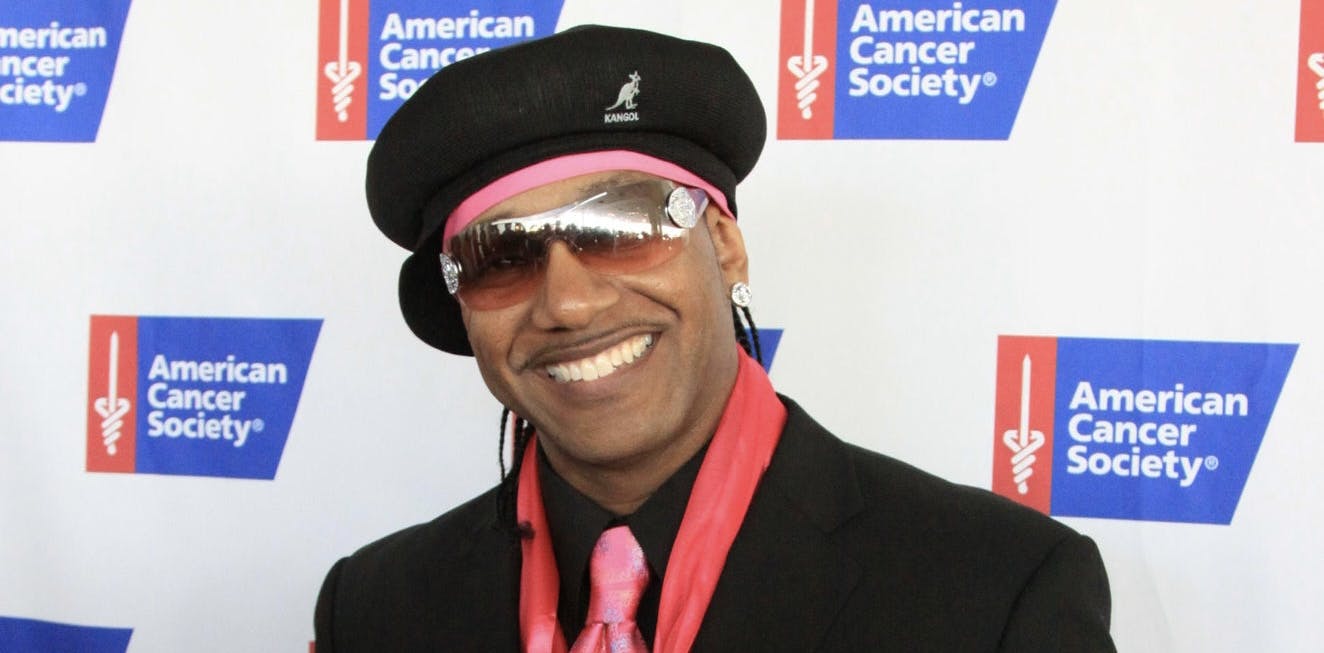

7. Kangol Kid’s Kangol Hat
You know you have an affinity for a particular brand when you adopt it as your official alter-ego. In this case, UTFO’s Kangol Kid repped oh so hard for the heritage British brand. His hat currently resides in the Smithsonian National Museum of African American History and Culture.
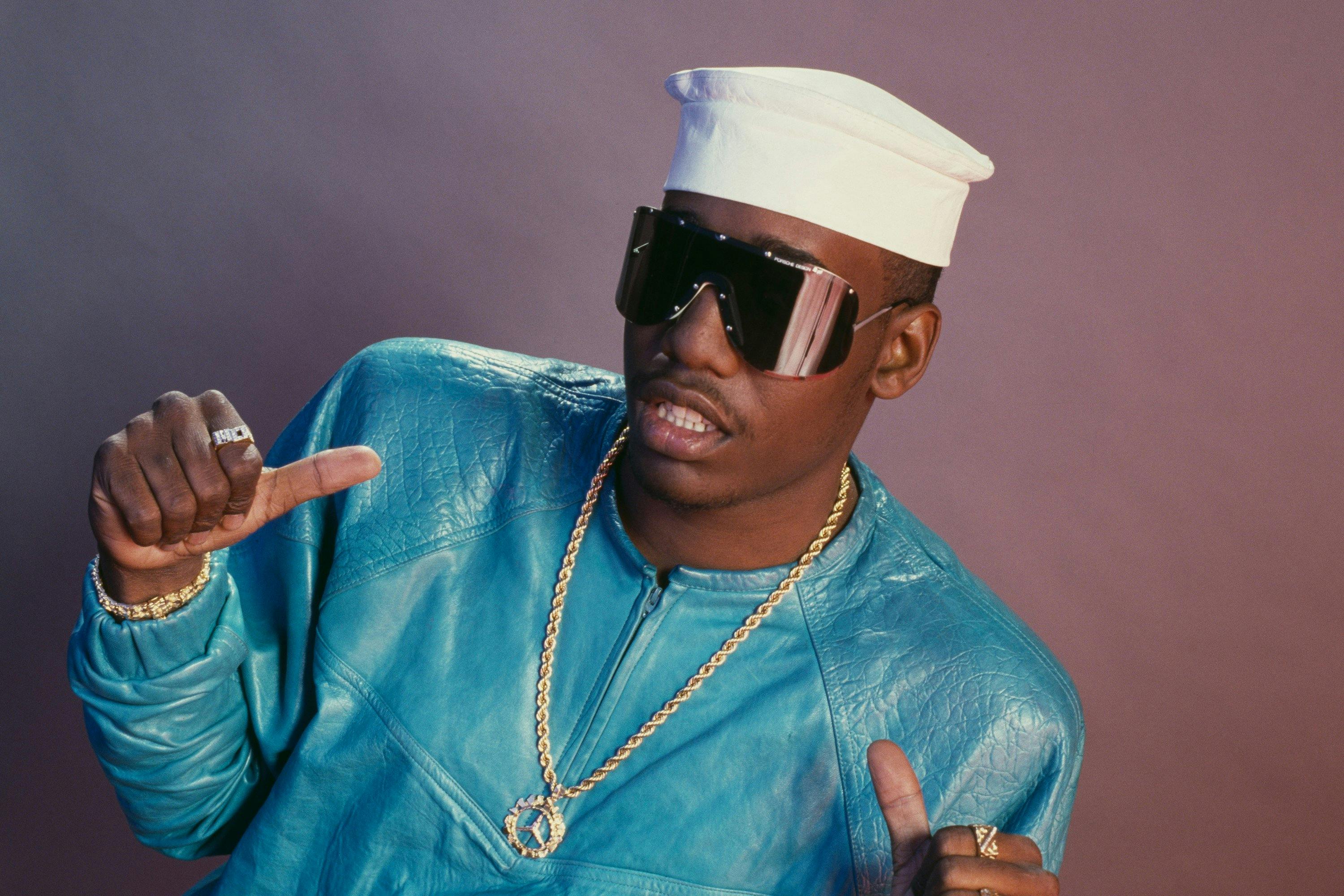

8. Kool Moe Dee’s Porsche 5260 Sunglasses
Kool Moe Dee’s wrap-around Porsche sunglasses are a Hip-Hop style that is uniquely his: Not unlike other Hip-Hop stars like:
- Biggie’s Versace shades
- N.W.A.’s Raiders jackets
- MC Hammer’s baggy pants
- LL COOL J’s headwear
- Public Enemy’s logo T-shirts
- Big Daddy Kane’s high-top fade hairstyle
'80s Hip Hop Fashion Style Today
'80s Hip-Hop fashion has seen a resurgence in popularity in recent years. The '80s influenced '90s Hip-Hop artists and retro fashion. Even today, their influence on modern Hip-Hop music, apparel, and culture is as prominent as ever.
This trend is known for a bold and colorful style, oversized silhouettes, tracksuits, and bucket hats. It’s made a comeback as a retro and throwback statement. This fashion trend pays homage to a significant era in fashion, music, and Hip-Hop culture.
The Hip-Hop community's impact on fashion is not limited to the '80s. It has been a driving force in fashion for decades. Hip-Hop fashion will continue to inspire and influence style for years to come.
With Pharrell Williams currently in the top post at Louis Vuitton, one can think that Hip-Hop's influence will only continue in popular culture. As The New York Times noted, "Mr. Williams has a distinctive approach to luxury, one that begins with hip-hop’s commitment to the reappropriation of class signifiers, but also extends to Californian leisure, Japanese whimsy, European sleekness and the unbothered calm of royalty. He consistently telegraphs opulence and panache, in a manner that feels learned but not studied.Mr. Williams’s style is a demonstration of the ways in which hip-hop style can be expressed as ideology, a set of principles, even through clothes that come from different traditions."
